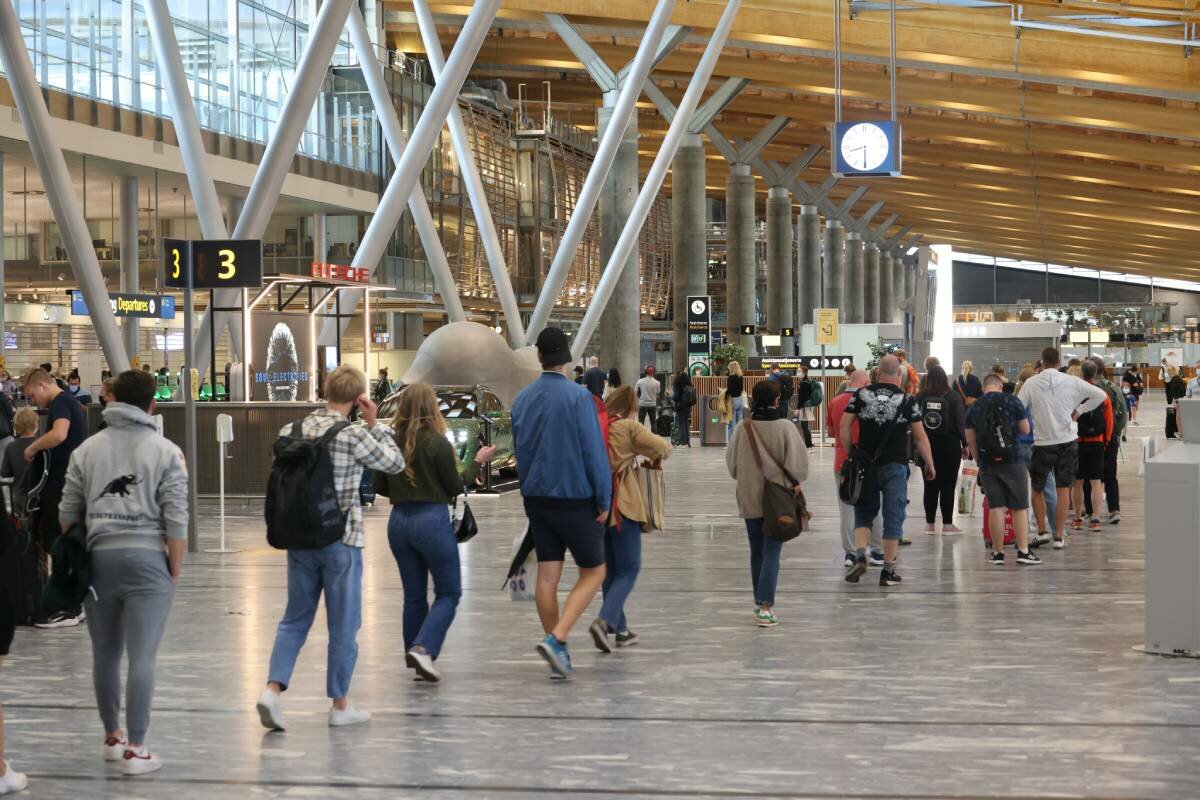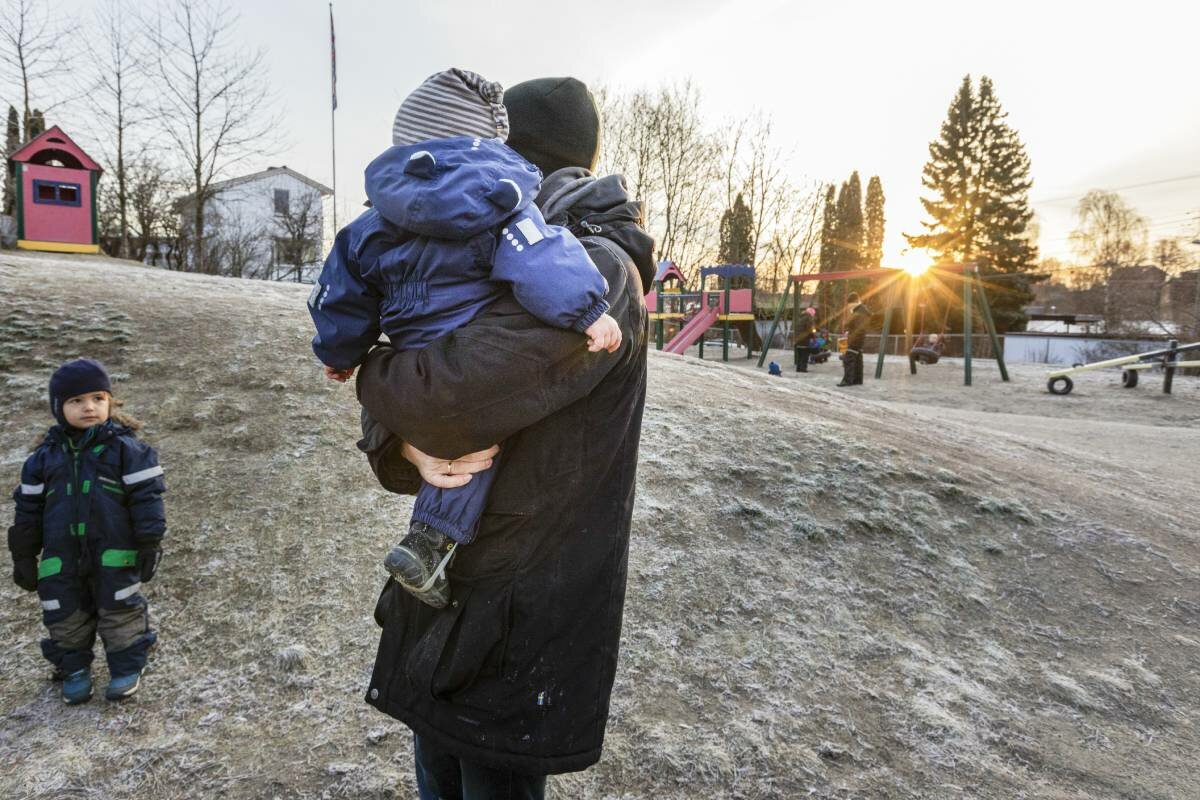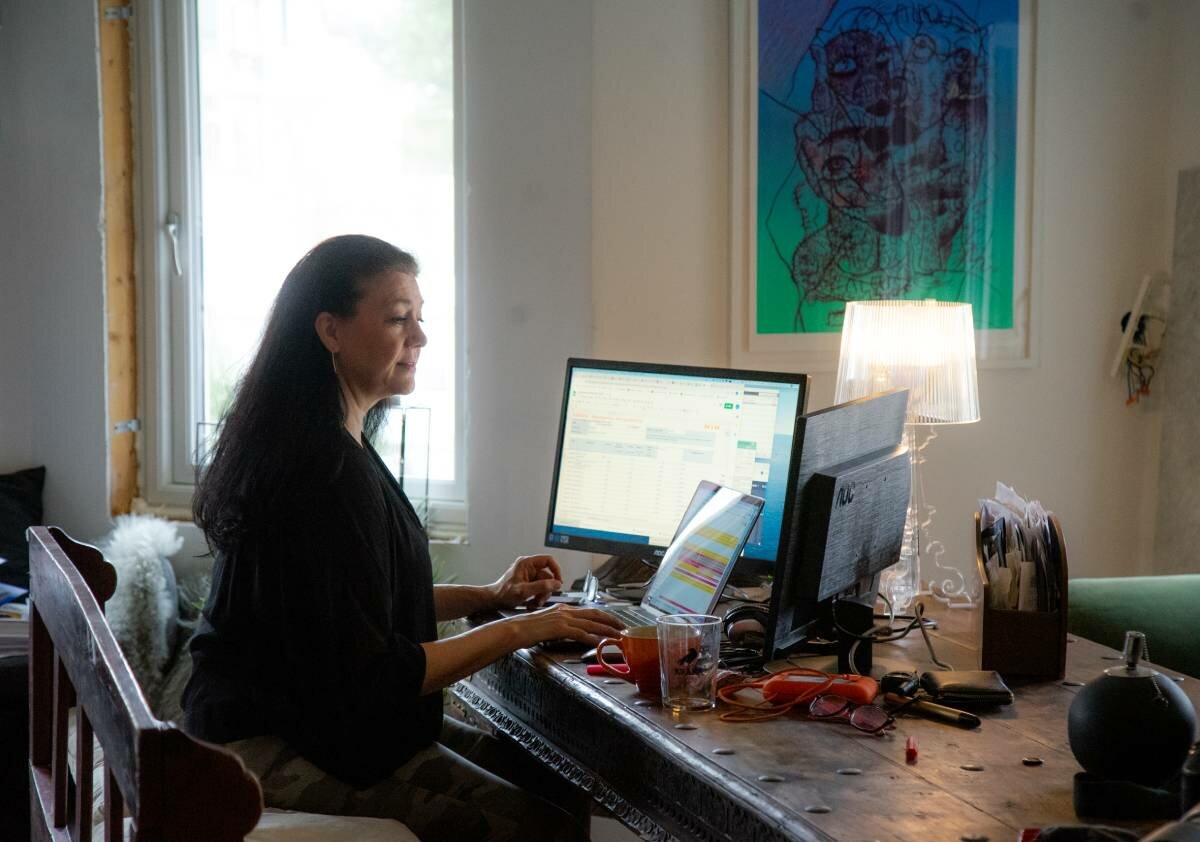As an eventful year draws to a close, with a sense of normality slowly creeping back into life and society, now is a good time to take a snapshot of Norway. A sense of perspective is needed to zoom out, look at the bigger picture and take stock of the nation. What have been the major societal trends emerging this year? What do they tell us about our society? An examination of how Norway has been shaped, and grown, over the course of 2021 is vital to understand who we are, where we have been, and where we want to go as a society, people, and country.
A country finally on top of COVID-19?
Let us address the biggest issue of the past 18 months: the COVID-19 pandemic. Despite the fact that Norway started to vaccinate this year, there have been 3 months where COVID-19 cases have exceeded anything reach in 2020: January 7 (new cases were 825 with a weekly rolling average of 624 cases), March 22 (1096 new cases, weekly rolling average of 961) and the final peak (so far) September 7 (1704 new cases, weekly rolling average of 1428).
The Department of Health (Folkehelseinstituttet, FHI) should receive some praise for coordinating the relatively quick pace of vaccination after a slow start. Logistical problems and medical issues with one of the vaccines approved saw mass vaccination only start in March of this year. In the ensuing 7 months, the FHI has fully vaccinated 85.9% of adults 18 years or older living in this country. This means that just over 3.6 million Norwegians have been fully vaccinated in a little over half a year. Deaths, though abhorrent to those affected, have been relatively low, especially compared to other neighboring countries, due to the aggressive lockdowns of the former Solberg government and due to the high vaccination rate in the second half of this year.
The financial cost of COVID-19 will be counted in the years to come but estimates earlier from this year’s budget t saw a cost to government coffers of over NOK 300 billion.
Norway grows barely…and grows greyer
This year Norway grew…but not how many expected. Much of Norway’s population experienced, throughout 2020 and into 2021, some form of societal lockdown. Given that much of the country was either working from home or not working at all, one might expect a “baby boom,” especially during those long dark months last winter. Yet the SSB recorded only 575 more births, for the 2nd quarter of 2021, compared to the same quarter last year which is hardly a boom. When the annual results for 2021 are released, this is something to keep an eye on.
The population grew to just over 5.4 million people yet a key takeaway is how the population is aging. The largest increase of population, by age, was a 2.9% increase of 67-79-year-olds compared to 2020. As a whole, the population barely grew, with an increase of just 0.4% for 2021 so far.
The larger trend, over the past decade, has been that Norway’s population is “greying.” From 2011-2021, there has been a 47.5% increase in 67-79-year-olds which accounts for the largest increase in age categories. This means a smaller tax base and increased social spending (i.e., pensions) in the near future.

Brain and muscle drain as immigrants leave?
Over the past two decades, Norway’s strong economy has seen it become a popular destination for immigrants wanting to start a new life. As Norway is a member of the European Economic Area (EEA), an open border policy was enacted up until the start of the COVID-19 pandemic. Since then, the country has seen national lockdowns and travel restrictions causing a huge economic and financial toll on the economy. Areas of the economy where immigrants have traditionally found employment, such as hospitality, have been particularly hit.
With social restrictions and their economic and financial impact lasting well into this year, Norway has experienced a negative net migration rate. According to figures from the SSB, there was, for the 2nd quarter of 2021, 1736 more emigrants leaving Norway than immigrants arriving. Though travel restrictions have been mostly lifted, many immigrants have decided to stay in their home countries and not rush back to life here, causing a shortage of labor in industries that rely on immigrants.
Regardless of the net migration drain, Norway is still home to large immigrant communities. The three largest, as of 2021, are Polish (102.147), Lithuanian (41.322). and Swedish (35.598) The Syrian, Thai, Somalian, and Eritrean communities are also widely established throughout the country. It should also be noted that 25% of Norway’s immigrant population lives in just one city: Oslo.
This year saw the disastrous collapse of the Afghan government to be swiftly replaced by the Taliban. The collapse was, in part, due to the withdrawal of US-led NATO ground forces, of which Norway contributed, leading to a humanitarian crisis as thousands rushed to leave the country. The Norwegian government announced its intentions to help many Afghans which partly accounts for a 2.8% increase, during this year, in refugee resettlements.
Mental health concerns as health spending increases
This year confirmed the trend of an increasing number of those in society that live alone. Over 1 million people, in this country, now live alone in a household. With much of society in lockdown for 2021, and thus starving many of social interaction beyond the food store or pharmacy, there has been much focus on mental health. Psychology researchers from the University of Oslo conducted a survey that found that 30.8% of respondents had suffered symptoms of depression or anxiety post-lockdown.
Health care was a major expenditure for the government even before the COVID-19 pandemic first emerged last year. For the year ending March 18, 2021, overall health costs, per person in Norway, amounted to NOK 69,617. More than 1.9 million Norwegians were hospitalized for the year ending April 13, 2021. Some 5,333 of these were hospitalized due to COVID-19 with 1,033 being placed in intensive care since the outbreak of the pandemic.

Smaller households, less marriages but slightly more cohabitant families
The size of the “average” Norwegian household has decreased this year. There is now only 2.13 persons per private household, down from 2.15 in 2020. There were also some 12.000 fewer people living in “two-family households,” often common amongst immigrant communities, during 2021. This may partly be explained due to the economic effects of COVID-19 forced many immigrants out of Norway.
A trend already well established in Norway for many years, 2021 saw further increases in cohabitation and a further decrease in marriage. For the latest available figures, there was almost a 19% decrease in marriage which may surely decrease further as many relationships soured during societal lockdowns into this year. There was a slight increase, of 2.03% of couples cohabiting with a child between 0-17 years.
Life expectancy decreases slightly
Norway is already one of the best countries in the world when it comes to life expectancy due to its prosperity and social welfare system. A child born in Norway today, regardless of sex, can expect to live for 83.4 years. Females still have a higher life expectancy than males, with a female born in 2021, projected to live to 84.5 years whilst a male can expect to live for only 81 years. Overall, the life expectancy actually decreased in 2021 by 0.18% from 2020.
Compared this to 1755 (the first year records are available) where the average Norwegian’s life expectancy was just 35 years…which would make this author almost at death’s door!

Unemployment back on track, less home office?
The labor market saw wild swings in 2020 but things started to regain a semblance of normality this year. As the nation re-opened after various lockdowns, unemployment has more than halved to 5.1% during the 2nd quarter of this year after peaking at 10.6% last March, according to the NAV.
The effect of COVID-19 on labor and supply chains saw a 4.1% increase in inflation from September 2020 to September 2021. The price of electricity, already a politically hot issue, has especially been hit hard with a 14.5% increase in price over the same period.
This year may also be the end of the much-maligned “home office.” As the COVID-19 pandemic locked down most of Norway for the past 18 months, many employees were forced to work from home. However, now that restrictions have been lifted, many are now back in their offices. If the “home office” was just a pandemic one-off remains to be seen as employers now are realizing they must have greater flexibility for employees’ working conditions.

A new trend for elections?
This year saw the first “COVID-era” parliamentary elections. A record amount. of Norwegians voted in the September Storting elections in advance. Figures released by the Valgdirektoratet (Norwegian Election Commission) showed that 1.648.817 Norwegians had voted before the September 14 election date. Many did so to avoid physically going to vote and thus decreasing the risk and spread of infection. Drive-through voting booths were also established for the first time.
A new center-left government led by the Labor Party’s Jonas Gahr Støre reclaimed power after 8 years of a Conservative-led government under Erna Solberg.
With many other statistics, from the SSB, set to be released at the end of this month, watch this space as further analysis of the year 2021 will be made.
Source: #Norway Today / #NorwayTodayNews
Do you have a news tip for Norway Today? We want to hear it. Get in touch at [email protected]





Be the first to comment on "Norway in numbers: A snapshot of the nation in 2021"